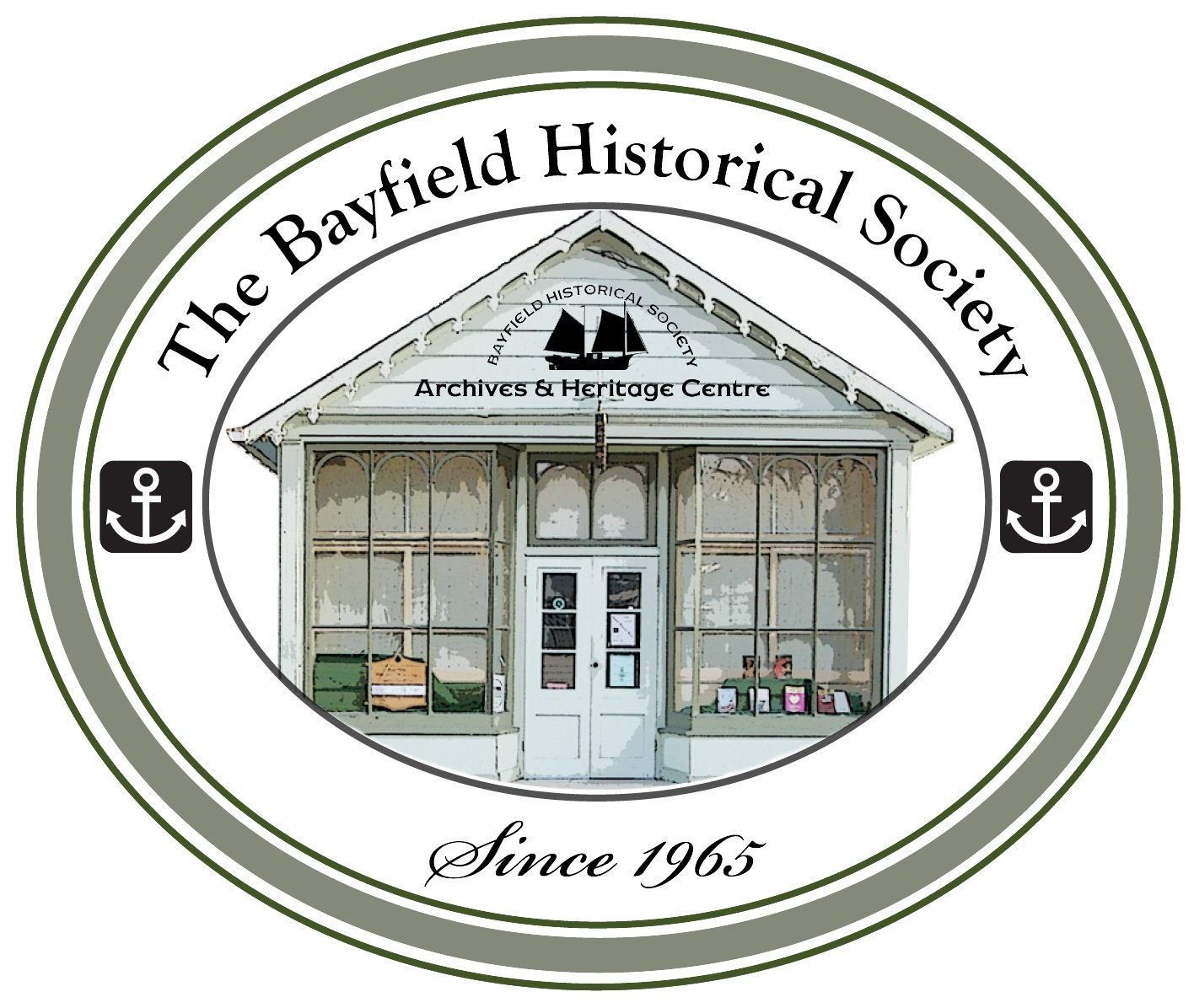Seasonal Cycles: Hunting, Fishing, Harvesting
The movements of Anishinaabeg people and other First Nations around North America in their own territories was migratory and in some ways could have been perceived as “nomadic,” but not in an unorganized or wandering fashion as some observers or students of history might presume. All First Nations people had systems that involved moving around according to some pattern through time. The pattern can immediately be seen after two years of observation, but the complex nature of the movements of the Anishinaabeg can only be fully appreciated after decades or centuries.
In general outline, the summer and early autumn months were a time when larger communities came together around planting and harvesting. For the Anishinaabeg, this typically would have meant a community of 2,000 to 3,000 people. Fish and game were also plentiful during this time, so the summer was not entirely devoted to agriculture. This was also a time for travel and trade. The Huron and other Iroquoian peoples tended to have larger communities of sometimes over 10,000 and relied more on agriculture to support them. They would also provide maize to the Anishinaabeg in exchange for game or fish. In the winter, the Anishinaabeg people would break into much smaller family groups of only 20 to 30 and disperse throughout the region for survival during the colder months. This allowed them to move more easily over a larger area in search of fish or game. The hunting cycles revolved around the availability of fish in the waterways, and animals such as deer, bears, panthers, squirrels, and rabbits, among a host of species of birds along those waterways and on the land.
Moving across time in yearly cycles, back and forth among different locales, only increased the knowledge of a wide area of living space that was interconnected. More complex movements that adjusted according to the influence of war, famine, or environmental factors, etc., over the course of decades and centuries, show how Anishinaabeg people benefited from the land, and knew how to manage living and governing themselves upon it. The environmentally unique life ways with respect to nature are noteworthy. Movements across the land were mostly tied to the movement upon waterways. The Anishinaabeg (Ojibwe, Odawa, and Potawatomi), Ongwehonwe (Huron, Neutral, and Petuns)—and in times of peace the Five Nations Iroquois—travelled waterways such as the Bayfield River, Maitland River, and Aux Sable River (Niiganziibii), and the open lake of Lake Huron all the way to Lake St. Clair. Using the birch bark canoe as a valuable mode of transportation, this way of life was sustainable and full of foresight.
The cyclical movements of Anishinaabeg people about the south shores of Lake Huron, including what is today Huron County, has a multicultural history that centres around a peaceful coexistence of Anishinaabeg people and the “non-Six Nation” Iroquois. Their history of conflict dies out at the end of the Beaver Wars period (1701). The idea that this balance of power between French and English superiority in the Great Lakes regions was mirrored by an Algonquin and “Huron” (essentially non-Five Nation Iroquois) versus Five Nations Confederate Iroquois conflict is true enough and has a basis in historical fact. By the end of the French and Indian War, and “Pontiac’s rebellion,” this historical dichotomy begins to wane. By the time of the Revolutionary War and the War of 1812, the rivalry disintegrates altogether, to the point where the Anishinaabeg and Six Nations Iroquois are virtually allied today on almost every issue of collective importance. Although the Beaver Wars saw direct conflict between the Anishinaabeg and the Five Nations, this is still an important piece in the history of this county, and shows how the land was managed as a place of great importance as a shared hunting territory between numerous allied First Nations.
Sources
Kane, Paul, 1810-1871. “Indian Encampment on Lake Huron.” Undated. https://www.researchgate.net/figure/Paul-Kane-Indian-Encampment-on-Lake-Huron-Undated-Art-Gallery-of-Toronto_fig4_322467063
Plain, David. Ways of our Grandfathers. Trafford Publishing, 2007.

